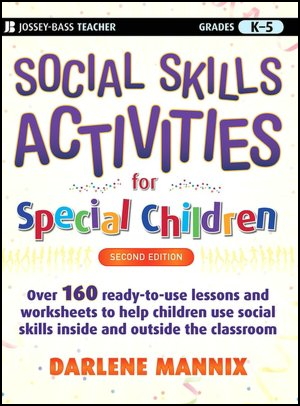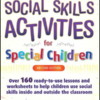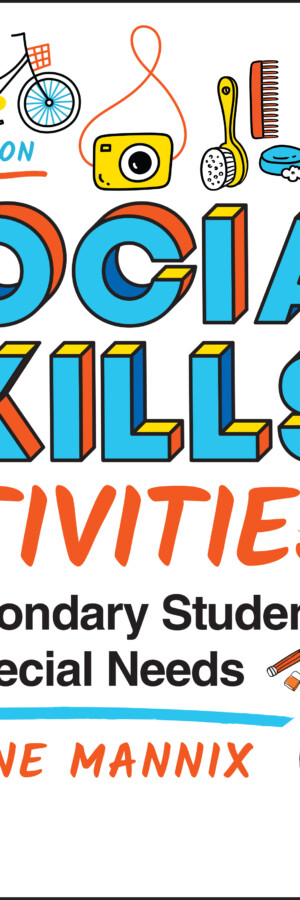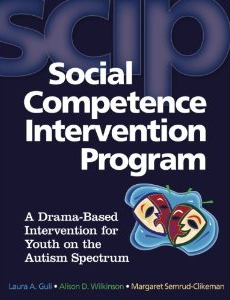A flexible, ready-to-use program to help special students in grades K-5 learn appropriate ways to behave among others.
The revised and updated second edition of this bestselling resource book provides over 160 ready-to-use lessons–complete with reproducible worksheets–to help children become aware of acceptable social behavior and develop proficiency in acquiring basic social skills.
The book is organized around three core areas crucial to social development in the primary grades: Accepting Rules and Authority at School, Relating to Peers, and Developing Positive Social Skills. Each lesson places a specific skill within the context of real-life situations, giving teachers a means to guide students to think about why the social skill is important.
The hands-on activity that accompanies each lesson helps students to work through, think about, discuss, and practice the skill in or outside of the classroom.






